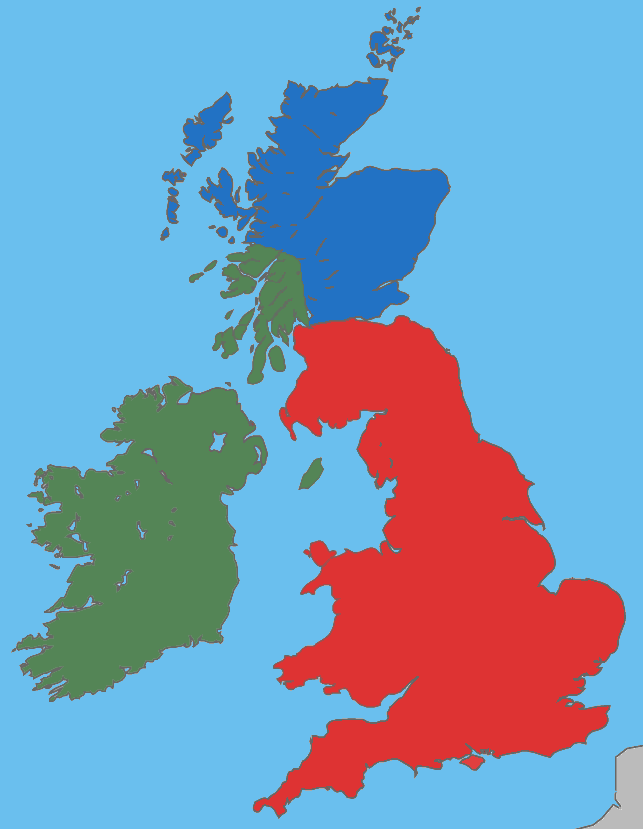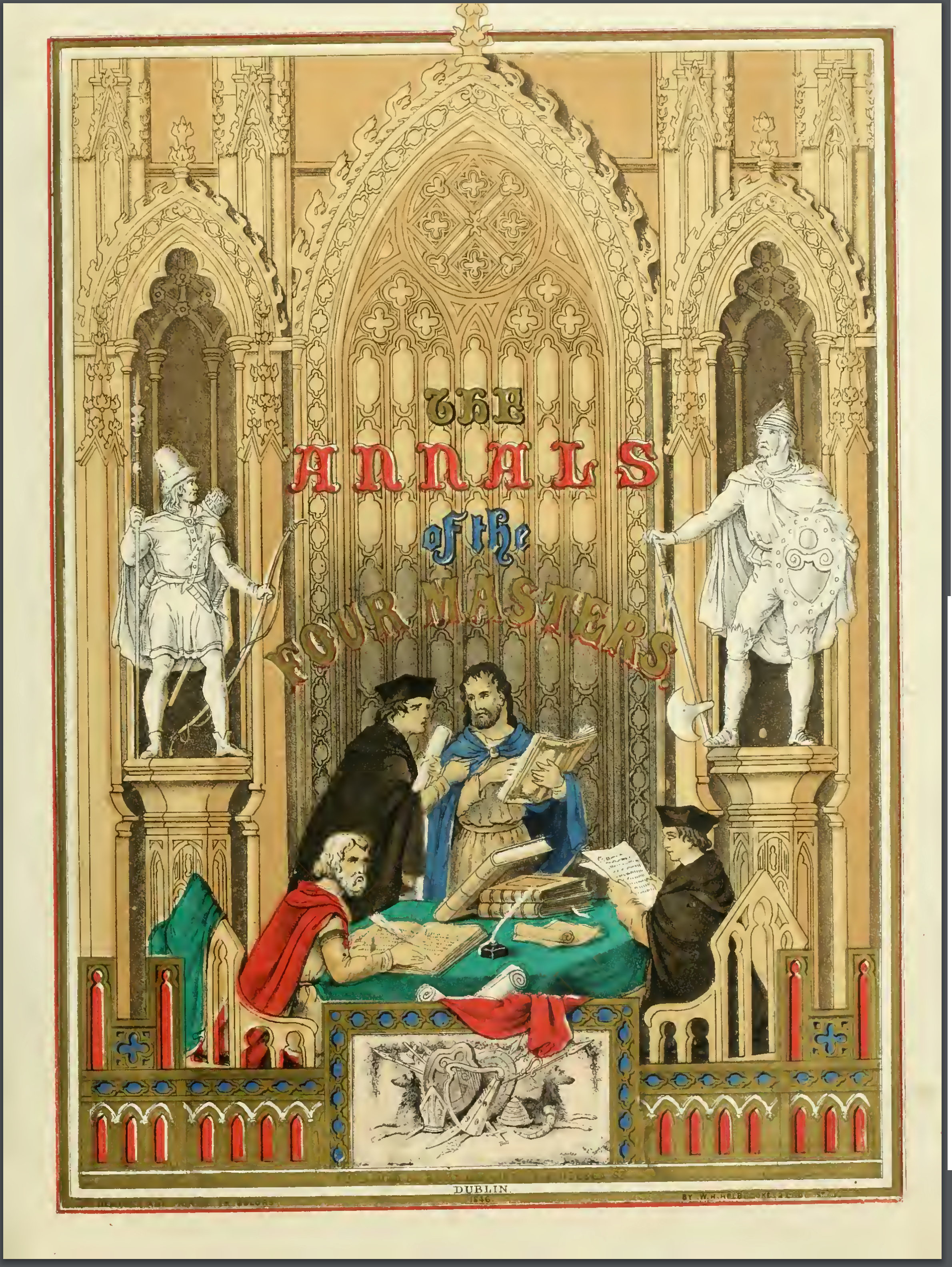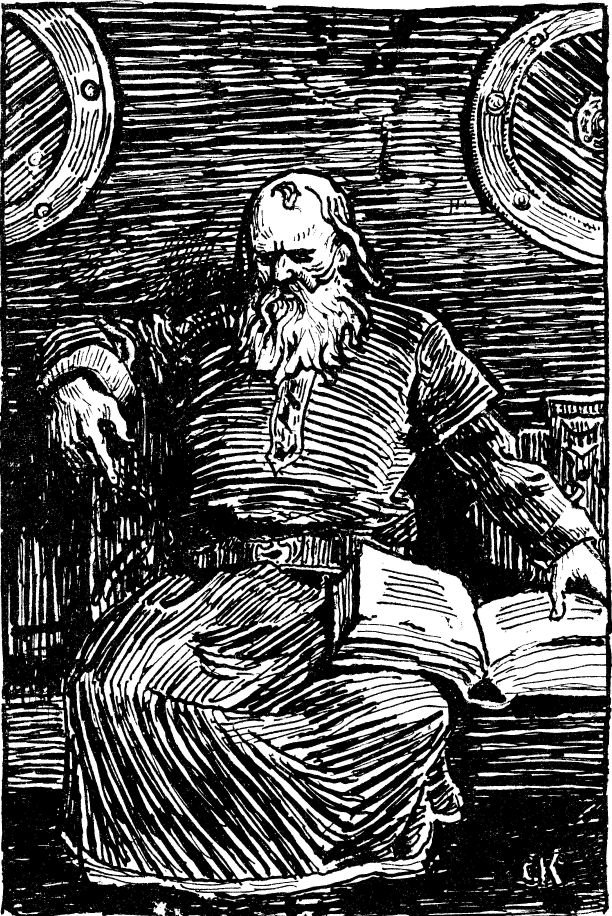|
Kingship Of The Isles
The Kingdom of the Isles comprised the Hebrides, the islands of the Firth of Clyde and the Isle of Man from the 9th to the 13th centuries AD. The islands were known to the Norse as the , or "Southern Isles" as distinct from the or Northern Isles of Orkney and Shetland. The historical record is incomplete and the kingdom was probably not a continuous entity throughout the entire period. The islands concerned are sometimes referred to as the "Kingdom of Mann and the Isles", although only some of the later rulers claimed that title. At times the rulers were independent of external control, although for much of the period they had overlords in Norway, Ireland, England, Scotland or Orkney. At times there also appear to have been competing claims for all or parts of the territory. The islands involved have a total land area of over and extend for more than from north to south. Viking influence in the area commenced in the late 8th century, and whilst there is no doubt that the Uí Í ... [...More Info...] [...Related Items...] OR: [Wikipedia] [Google] [Baidu] |
Annals Of The Four Masters Signature
Annals (, from , "year") are a concise historical record in which events are arranged chronologically, year by year, although the term is also used loosely for any historical record. Scope The nature of the distinction between annals and history is a subject based on divisions established by the ancient Romans. Verrius Flaccus, quoted by Aulus Gellius, stated that the etymology of ''history'' (from Greek , , equated with Latin , "to inquire in person") properly restricts it to primary sources such as Thucydides's which have come from the author's own observations, while annals record the events of earlier times arranged according to years. Hayden White distinguishes annals from chronicles, which organize their events by topics such as the reigns of kings, and from histories, which aim to present and conclude a narrative implying the moral importance of the events recorded. Generally speaking, annalists record events drily, leaving the entries unexplained and equally weighted. ... [...More Info...] [...Related Items...] OR: [Wikipedia] [Google] [Baidu] |
Goidelic Languages
The Goidelic ( ) or Gaelic languages (; ; ) form one of the two groups of Insular Celtic languages, the other being the Brittonic languages. Goidelic languages historically formed a dialect continuum stretching from Ireland through the Isle of Man to Scotland. There are three modern Goidelic languages: Irish ('), Scottish Gaelic ('), and Manx ('). Manx died out as a first language in the 20th century but has since been revived to some degree. Nomenclature ''Gaelic'', by itself, is sometimes used to refer to Scottish Gaelic, especially in Scotland, and therefore is ambiguous. Irish and Manx are sometimes referred to as Irish Gaelic and Manx Gaelic (as they are Goidelic or Gaelic languages), but the use of the word ''Gaelic'' is unnecessary because the terms Irish and Manx, when used to denote languages, always refer to those languages. This is in contrast to Scottish Gaelic, for which "Gaelic" distinguishes the language from the Germanic language known as Scots. In Englis ... [...More Info...] [...Related Items...] OR: [Wikipedia] [Google] [Baidu] |
Lochlann
In the modern Gaelic languages, () signifies Scandinavia or, more specifically, Norway. As such it is cognate with the Welsh name for Scandinavia, (). In both old Gaelic and old Welsh, such names literally mean 'land of lakes' or 'land of swamps'. It may originally have referred to the mythical, undersea otherworldly abode of the Fomorians of Irish mythology. At times it may have referred to an early Norse settlement in Scotland. Classical Gaelic literature and other sources from early medieval Ireland first featured the name, in earlier forms like Lothlend and Laithlind. In Irish, the adjectival noun (, 'person belonging to Lochlann') has an additional sense of 'raider' or, more specifically, a Viking. Historical uses All uses of the word relate it to Nordic realms of Europe. While the traditional view has identified Laithlind with Norway, some have preferred to locate it in a Norse-dominated part of Scotland, perhaps the Hebrides or the Northern Isles. states that L ... [...More Info...] [...Related Items...] OR: [Wikipedia] [Google] [Baidu] |
Gofraid Of Lochlainn
is an Irish masculine given name, arising in the Old Irish and Middle Irish/ Middle Gaelic languages, as , and later partially Anglicised as Goffraid. ' corresponds to the Old Norse ', cognate with Gottfried or ', and Galfrid or '. ''Gofraid''/''Gofhraidh'' was sometimes also used for ' (partially Anglicized as Godred, Guthred, or Guthfrith, Latinised as '). ' can be Anglicised as Godfrey or Geoffrey. The lenited variant spelling (or ', with a diacritic in the older Irish orthography, especially in Gaelic type), was influenced by the Old French '. and, less commonly, ' are equivalents in the Scottish Gaelic language (from '). Notable people bearing this name *Godred Crovan (died 1095), also known as "Gofraid", "Gofraidh", and "Gofhraidh", King of Dublin and the Isles *Godred Olafsson (died 1187), also known as "Gofraid", King of Dublin and the Isles * Gofraid Donn (died 1231), King in the Isles *Gofraidh Fionn Ó Dálaigh, (died 1387), an Irish poet and Chief Ollam of I ... [...More Info...] [...Related Items...] OR: [Wikipedia] [Google] [Baidu] |
Scottish Highlands
The Highlands (; , ) is a historical region of Scotland. Culturally, the Highlands and the Scottish Lowlands, Lowlands diverged from the Late Middle Ages into the modern period, when Scots language, Lowland Scots language replaced Scottish Gaelic throughout most of the Lowlands. The term is also used for the area north and west of the Highland Boundary Fault, although the exact boundaries are not clearly defined, particularly to the east. The Great Glen divides the Grampian Mountains to the southeast from the Northwest Highlands. The Scottish Gaelic name of ' literally means "the place of the Gaels" and traditionally, from a Gaelic-speaking point of view, includes both the Western Isles and the Highlands. The area is very sparsely populated, with many mountain ranges dominating the region, and includes the highest mountain in the British Isles, Ben Nevis. During the 18th and early 19th centuries the population of the Highlands rose to around 300,000, but from c. 1841 and for th ... [...More Info...] [...Related Items...] OR: [Wikipedia] [Google] [Baidu] |
Annals Of The Four Masters
The ''Annals of the Kingdom of Ireland'' () or the ''Annals of the Four Masters'' () are chronicles of Middle Ages, medieval Irish history. The entries span from the Genesis flood narrative, Deluge, dated as 2,242 Anno Mundi, years after creation to AD 1616. Publication delay Due to the criticisms by 17th-century Irish historian Tuileagna Ó Maol Chonaire, the text was not published in the lifetimes of any of the participants. Text The annals are mainly a compilation of earlier annals, although there is some original work. They were compiled between 1632 and 1636, allegedly in a cottage beside the ruins of Donegal Abbey, just outside Donegal (town), Donegal Town. At this time, however, the Franciscans had a house of refuge by the River Drowes in County Leitrim, just outside Ballyshannon, and it was here, according to others, that the ''Annals'' were compiled. [...More Info...] [...Related Items...] OR: [Wikipedia] [Google] [Baidu] |
Gofraid Mac Fergusa
Gofraid mac Fergusa is an alleged ninth-century figure attested by the ''Annals of the Four Masters'' and various pedigrees concerning the ancestors of Clann Somhairle and Clann Domhnaill. If the pedigrees are to be believed, he was a son of Fergus mac Eirc, and a descendant of Colla Uais. Likewise, the two annal-entries that note Gofraid mac Fergusa claim that he was an Airgíallan ruler, who aided Cináed mac Ailpín in 835, and died sixteen years later as a ruler of the Isles. Gofraid mac Fergusa's place in the aforesaid pedigrees is chronologically impossible. The events associated with him by the annals are not supported by any contemporary or near contemporary source. In fact, the two annal-entries that recount these alleged events are fabricated additions inserted into the chronicle at some point before the mid seventeenth century. As a genealogical construct, Gofraid mac Fergusa may represent Clann Somhairle's matrilineal descent from Gofraid Crobán. The latter was th ... [...More Info...] [...Related Items...] OR: [Wikipedia] [Google] [Baidu] |
Harald Fairhair
Harald Fairhair (; – ) was a Norwegian king. According to traditions current in Norway and Iceland in the eleventh and twelfth centuries, he reigned from 872 to 930 and was the first Monarchy of Norway, King of Norway. Supposedly, two of his sons, Eric Bloodaxe and Haakon the Good, succeeded Harald to become kings after his death. Much of Harald's biography is uncertain. A couple of praise poems by his court poet Þorbjörn Hornklofi survive in fragments, but the extant accounts of his life come from sagas set down in writing around three centuries after his lifetime. His life is described in several of the Kings' sagas, none of them older than the twelfth century. Their accounts of Harald and his life differ on many points, but it is clear that in the twelfth and thirteenth centuries Harald was regarded as having unified Norway into one kingdom. Since the nineteenth century, when Union between Sweden and Norway, Norway was in a personal union with Sweden, Harald has b ... [...More Info...] [...Related Items...] OR: [Wikipedia] [Google] [Baidu] |
Rognvald Eysteinsson
Rognvald Eysteinsson () was the founding Jarl (or Earl) of Møre in Norway, and a close relative and ally of Harald Fairhair, the earliest known King of Norway. In the Norse language he is known as Rǫgnvaldr Eysteinsson (''Mǿrajarl'') and in modern Norwegian as Ragnvald Mørejarl. He is sometimes referred to with bynames that may be translated into modern English as "Rognvald the Wise" or "Rognvald the Powerful". The earliest available sources regarding Rognvald are mutually contradictory and were compiled long after he died. The best known are the Norse Sagas, although modern scholars highlight many inconsistencies and improbable claims regarding Rognvald in the sagas, and believe that they must be treated with caution: The texts of the sagas were compiled three centuries after the events described and their accuracy in regard to Rognvald's life and historical significance is now questioned. Hence some scholars instead emphasise other accounts, closer to the historical per ... [...More Info...] [...Related Items...] OR: [Wikipedia] [Google] [Baidu] |
Orkneyinga Saga
The ''Orkneyinga saga'' (Old Norse: ; ; also called the ''History of the Earls of Orkney'' and ''Jarls' Saga'') is a narrative of the history of the Orkney and Shetland islands and their relationship with other local polities, particularly Norway and Scotland. The saga has "no parallel in the social and literary record of Scotland" and is "the only medieval chronicle to have Orkney as the central place of action". The main focus of the work is the Earl of Orkney, line of ''jarls'' who ruled the Earldom of Orkney, which constituted the ''Norðreyjar'' or Northern Isles of Orkney and Shetland and there are frequent references to both archipelagoes throughout. The narrative commences with a brief mythical ancestry tale and then proceeds to outline the Norse take-over of the ''Norðreyjar'' by Harald Fairhair – the take-over is not in doubt although the role of the king is no longer accepted by historians as a likelihood. The saga then outlines, with varying degrees of detail, t ... [...More Info...] [...Related Items...] OR: [Wikipedia] [Google] [Baidu] |
Scandinavian Scotland
Scandinavian Scotland was the period from the 8th to the 15th centuries during which Vikings and Norse settlers, mainly Norwegians and to a lesser extent other Scandinavians, and their descendants colonised parts of what is now the periphery of modern Scotland. Viking influence in the area commenced in the late 8th century, and hostility between the Scandinavian earls of Orkney and the emerging thalassocracy of the Kingdom of the Isles, the rulers of Ireland, Dál Riata and Alba, and intervention by the crown of Norway were recurring themes. Scandinavian-held territories included the Northern Isles of Orkney and Shetland, the Hebrides, the islands of the Firth of Clyde and associated mainland territories including Caithness and Sutherland. The historical record from Scottish sources is weak, with the Irish annals and the later Norse sagas, of which the ''Orkneyinga saga'' is the principal source of information, sometimes contradictory although modern archaeology is beginning to ... [...More Info...] [...Related Items...] OR: [Wikipedia] [Google] [Baidu] |








